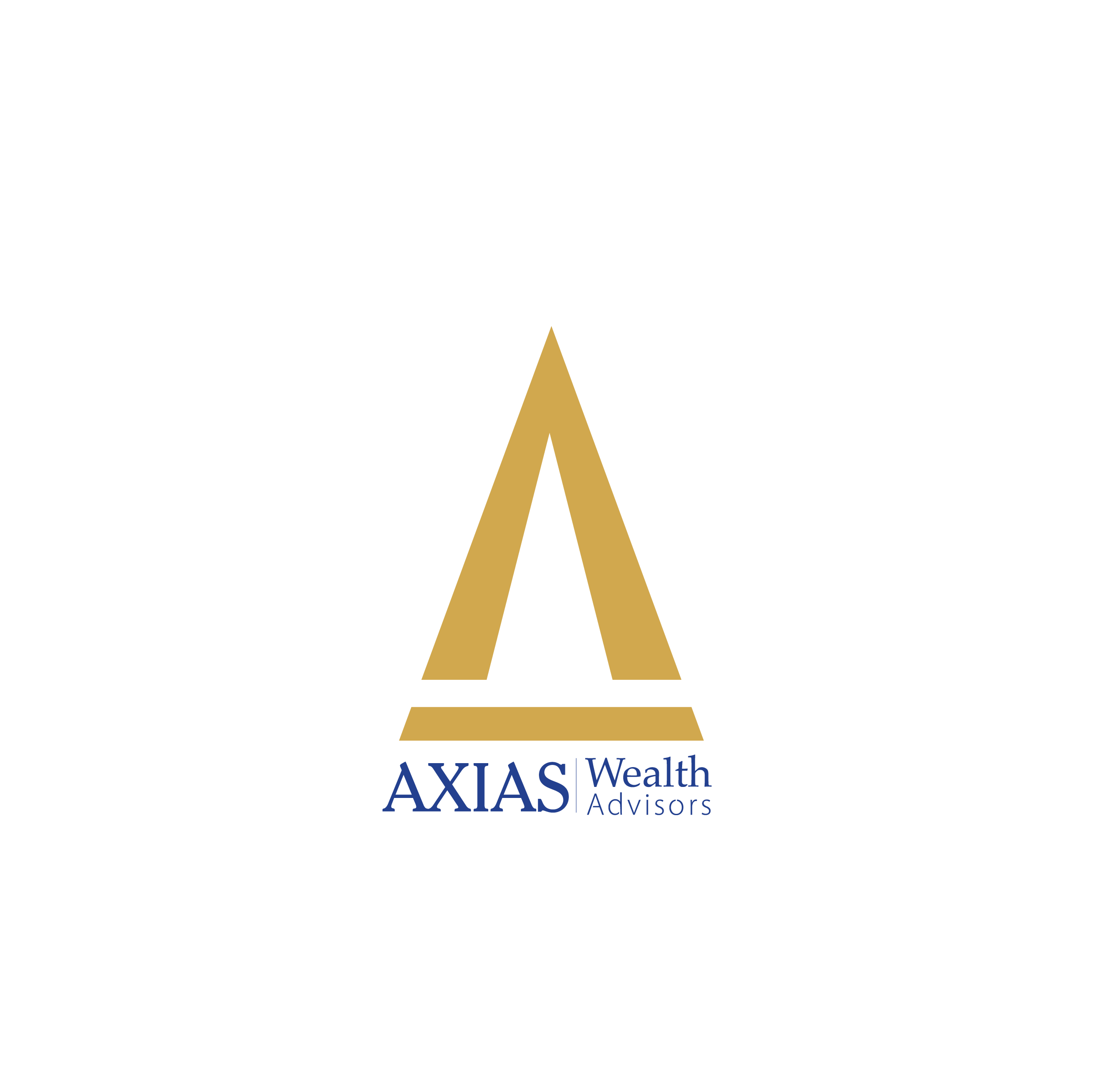
16 Mar Stressed About Student Loans? See If You Qualify for Forgiveness!
Are you struggling with your student loan debt burden? Is your monthly payment too high? Is your balance inescapable?
If so, student loan forgiveness programs are essential to understand.
There are several forgiveness programs that exist for federal loan borrowers. Those who qualify can significantly improve their financial future and reduce their stress level.
There are two major loan forgiveness programs: PSLF and IDR. Let’s dive into both:
Two Major Loan Forgiveness Programs
Public Service Loan Forgiveness (PSLF) – 10-years of Qualifying Service & Payments
Are you working for the government or a not-for-profit entity? They are likely a qualifying employer, making you eligible to consider PSLF for your federal student loan debt.
In the PSLF program, a borrower must make 120 qualifying monthly payments, in a qualifying repayment plan, with qualifying loans, while working full-time for a qualifying employer, and is then able to apply for tax-free forgiveness to be granted on their remaining principal and interest.
To pursue PSLF, you will need to submit a Public Service Loan Forgiveness application or Employment Certification Form annually so that your servicer can track your progress. After the 10 years of service and 120 payments have been completed, you must submit the formal application to have forgiveness granted.
Income-Driven Repayment (IDR) Maximum Repayment Length Forgiveness – 20-25 years
If the borrower works for a non PSLF-eligible employer, forgiveness via maximum length repayment with an IDR plan may be the best option. IDR plan eligibility is based on the student loan type(s) and origination date(s).
There are 4 IDR plans which allow borrowers to pay 10%-20% of their discretionary income[1] for a maximum length of 20-25 years depending on the plan. Any remaining principal and interest after the 20-25 year maximum has been reached is forgiven. The forgiveness amount is typically taxable as ordinary income in the year of forgiveness.
Through 2025, long-term forgiveness through IDR is tax-free. For amounts projected to be forgiven after 2025, borrowers should be prepared for the looming “tax bomb” that they’ll owe in addition to their normal tax burden. If forgiving $200,000 at a 35% tax rate, that’s $70,000 to be prepared for. Discuss student loan forgiveness tax implications with your tax professional.
Other Forgiveness Options:
There are other forgiveness options available for certain employment, personal and geographic circumstances (this list is not exhaustive):
- Teacher loan forgiveness – for teachers in low-income schools
- Federal Perkins loan cancellation – for teachers in low-income schools, with Perkins loans, and in particular subjects “in need”
- Total and permanent disability discharge – for borrowers meeting the Social Security Administration’s definition of disabled
- Profession-specific programs – plenty for health, legal, and veterinary professionals
- State-sponsored loan repayment programs
Looking for qualified help for your unique situation and student loans? At Axias Wealth Advisors, our team of advisors help in a one-on-one session to educate you on the entirety of your loan repayment and forgiveness options. We’ve turned student debt anxiety into clarity and confidence for hundreds of borrowers, why shouldn’t you be next? Reach out to us or visit www.Axiaswa.com.
Learn more about federal forgiveness programs on your own at studentaid.gov.
[1] Federal student aid definition of discretionary income is different than that in the tax code. It may also vary depending on the income-driven repayment plan selected.



No Comments